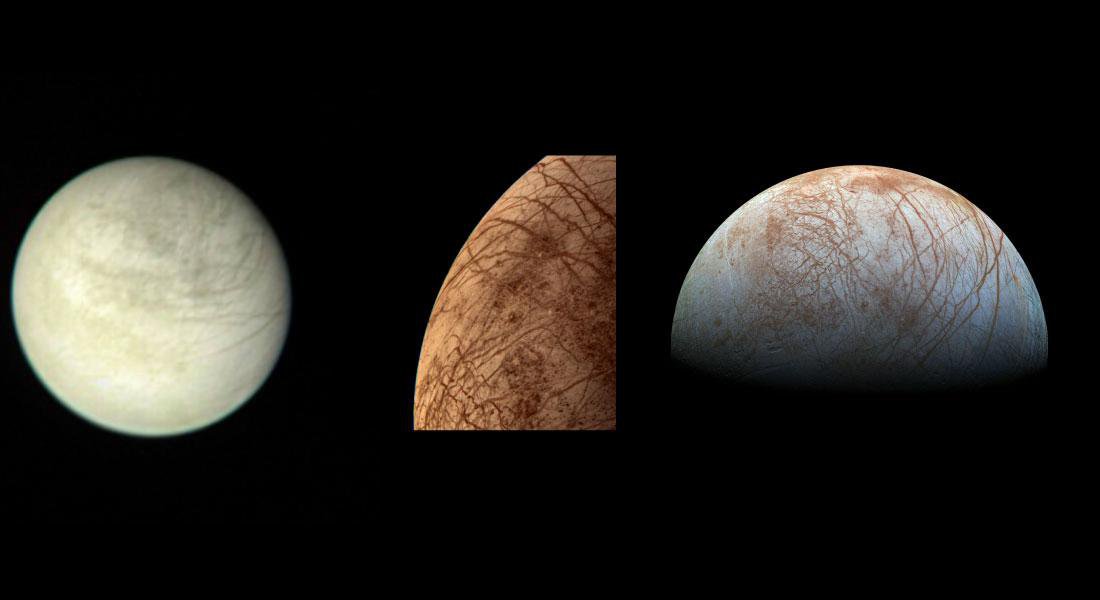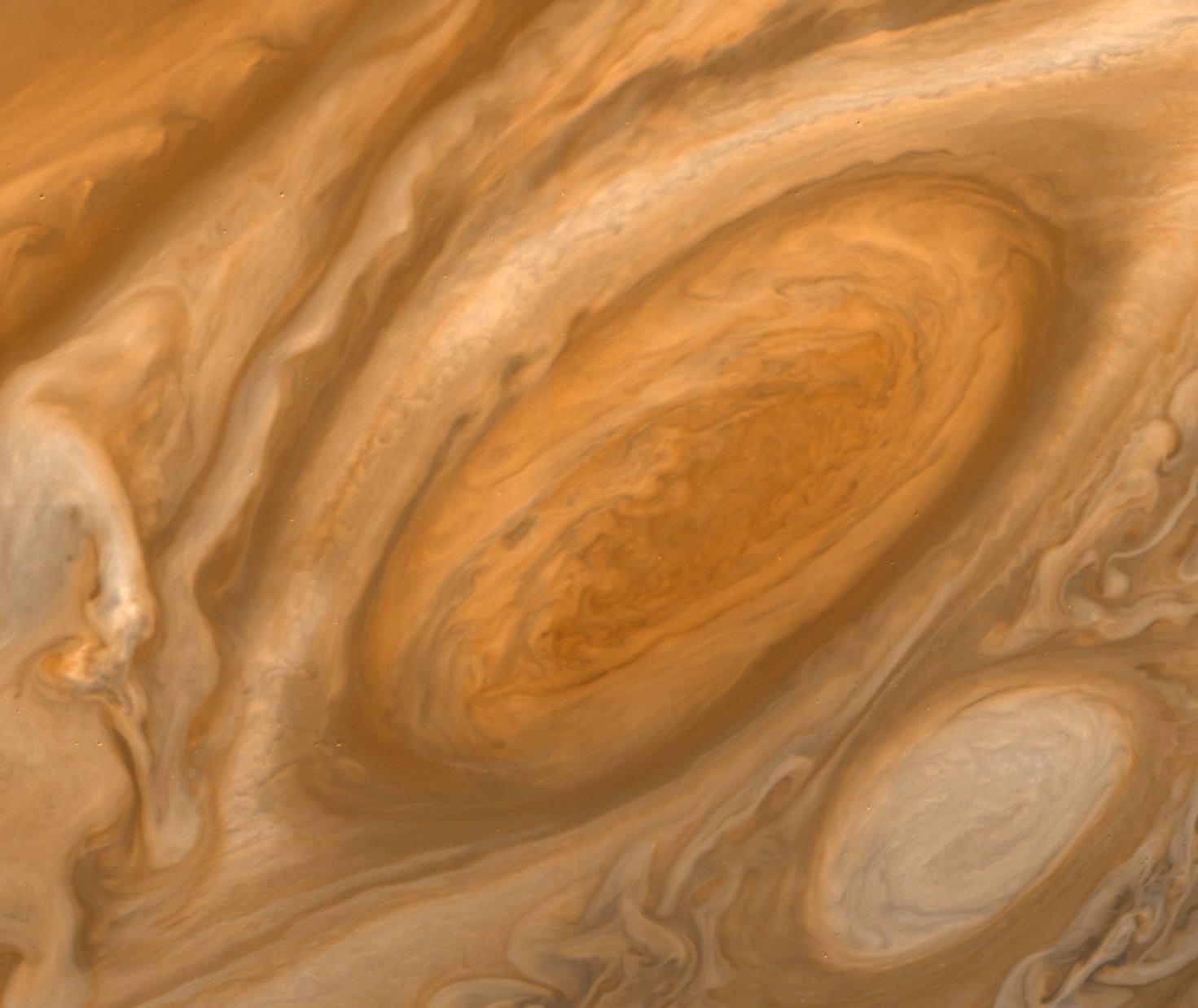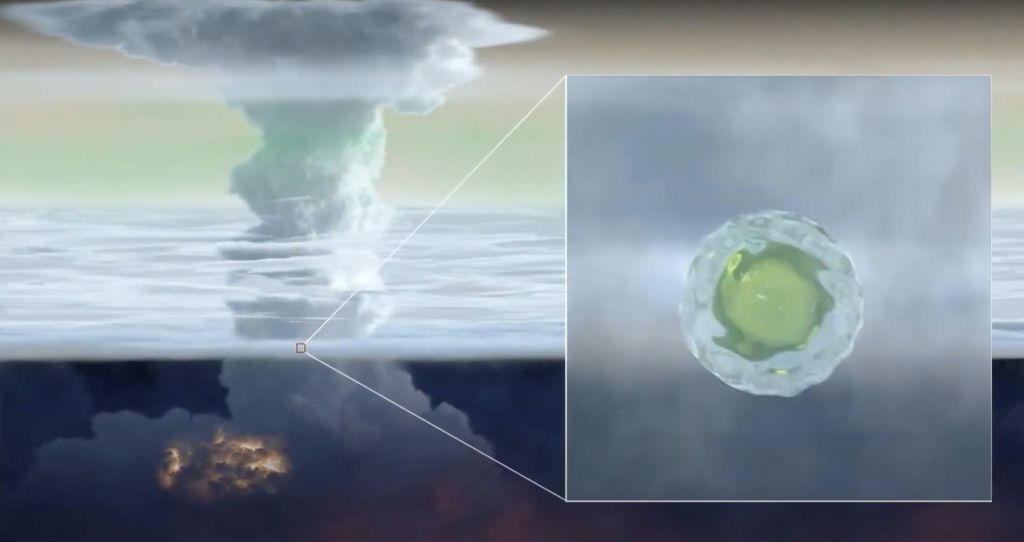NASA’s Europa Clipper is one of the most anticipated missions of the coming decade, in large part because its target, the large Jovian moon Europa, is considered one of the most likely places in our solar system that extraterrestrial life might exist. If Europa is harboring alien microbes, however, they’re likely to be buried deep beneath the moon’s thick icy crust in a vast subsurface ocean. Unlocking the secrets of this water world isn’t going to be easy, but the Clipper team has a plan to make the most of the opportunity they have: If you can’t get to the ocean, let the ocean come to you.
Continue reading “If There are Water Plumes on Europa, Here’s how Europa Clipper Will Study Them”Here are Hubble’s 2021 Photos of the Outer Solar System
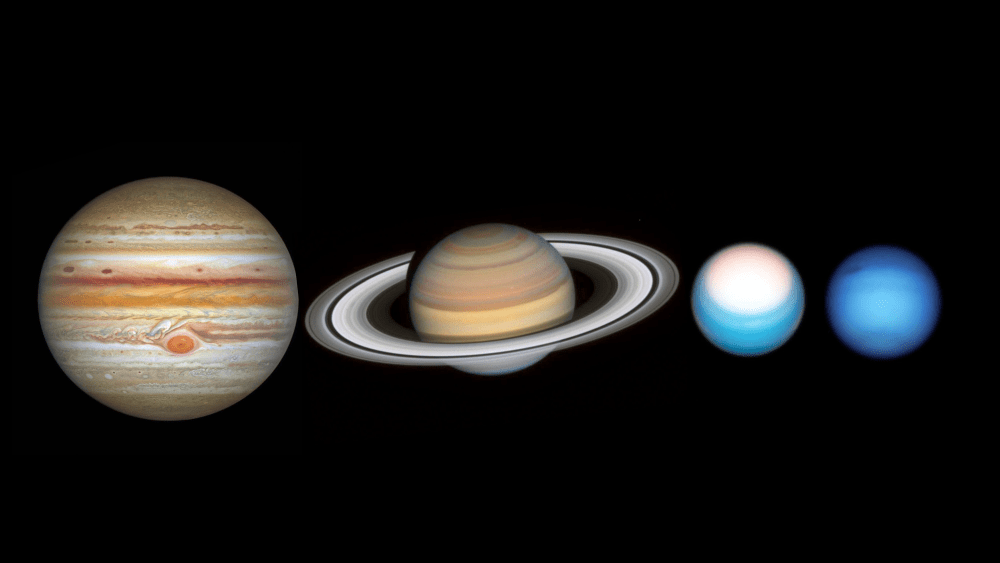
If we had to rely solely on spacecraft to learn about the outer planets, we wouldn’t be making great progress. It takes a massive effort to get a spacecraft to the outer Solar System. But thanks to the Hubble Space Telescope, we can keep tabs on the gas giants without leaving Earth’s orbit.
Continue reading “Here are Hubble’s 2021 Photos of the Outer Solar System”This was Juno’s View on its 37th Flight Past Jupiter
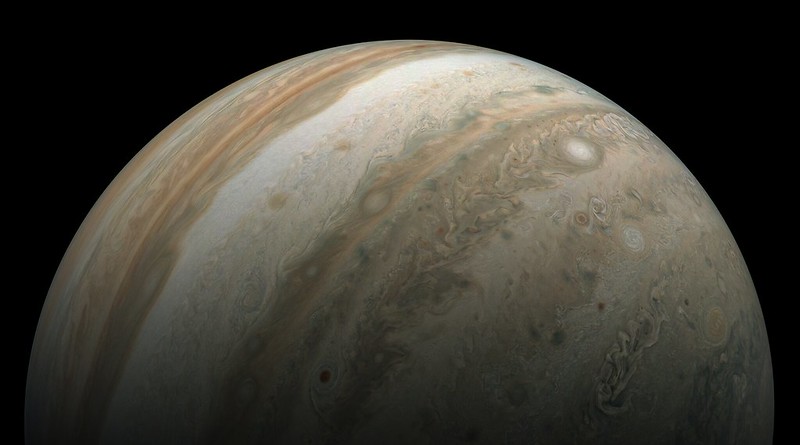
As originally planned, Juno’s 37th close pass by Jupiter – called Perijove 37 – would have been its last. Per the original mission outline, the Juno spacecraft would have been programed to plunge into Jupiter on Perijove 37 as a mission-ending self-sacrifice. Destroying Juno would protect the Jovian moons — especially Europa — from potential future contamination by an unpowered spacecraft wandering adrift through the Jupiter system. As careful as NASA is about taking precautions to limit the amount of Earth-sourced biological material carried by robotic spacecraft, it’s incredibly difficult to ensure that no microbes might have tagged along.
But, back to Juno: as it stands now, the Juno mission is just getting started. With a mission extension granted earlier this year, Juno will continue to operate until at least 2025, with 42 extra orbits added to the mission.
And thank goodness, because the images from Perijove 37 are pretty stunning. The new mission plan put Juno on a relatively close pass to image Jupiter itself, as well as a great view of Jupiter’s moon Europa, see below.
Continue reading “This was Juno’s View on its 37th Flight Past Jupiter”Juno Peers Beneath Jupiter’s Clouds to Reveal its Complex Atmosphere
Many papers are usually released at once for big space exploration missions. Usually, that happens when an entire batch of data has been analyzed. The most recent set of papers is from Juno’s explorations of Jupiter’s atmosphere. With this data dump, scientists now have the first 3D map of the atmosphere of the solar system’s largest planet.
Continue reading “Juno Peers Beneath Jupiter’s Clouds to Reveal its Complex Atmosphere”With no Solid Surface, the Atmosphere of Jupiter Behaves Quite Differently Than Earth
Jupiter’s atmosphere has plenty of distinct features, including lightning and the Great Red Spot. But the underlying processes that drive these features are less well understood, as the physics of the gases that make up Jupiter’s atmosphere is complicated. A team of scientists from all over the globe has found a familiar process in all the chaos, though. They think a process that happens here on Earth might be happening on a grander scale at Jupiter.
Continue reading “With no Solid Surface, the Atmosphere of Jupiter Behaves Quite Differently Than Earth”NASA’s Mission to Visit 8 Asteroids, Lucy, Launches on October 16th

An early morning launch is planned for the Lucy spacecraft, the first space mission to study Jupiter’s Trojan asteroids. Tomorrow, October 16 at 5:34 a.m. EDT is the first day and time in Lucy’s 21-day launch window, and current weather conditions show a 90% chance of favorable conditions for liftoff from Cape Canaveral Space Force Station in Florida. The launch window remains open for 75 minutes.
Lucy will embark on a 12-year mission to explore the “fossils of planet formation,” Jupiter’s Trojan asteroid swarms. This mission provides the first opportunity to observe these intriguing objects close-up.
Continue reading “NASA’s Mission to Visit 8 Asteroids, Lucy, Launches on October 16th”Wind Speeds in Jupiter’s Great Red Spot are Picking up
The Great Red Spot of Jupiter – the largest storm in the solar system – has been raging for centuries. Over the past 100 years however, the cyclone has been dwindling, but recent observations with Hubble show that the wind speeds may be picking up again. Is this just temporary, or will the storm return to its former glory?
Continue reading “Wind Speeds in Jupiter’s Great Red Spot are Picking up”NASA Spacecraft Takes a Picture of Jupiter … From the Moon
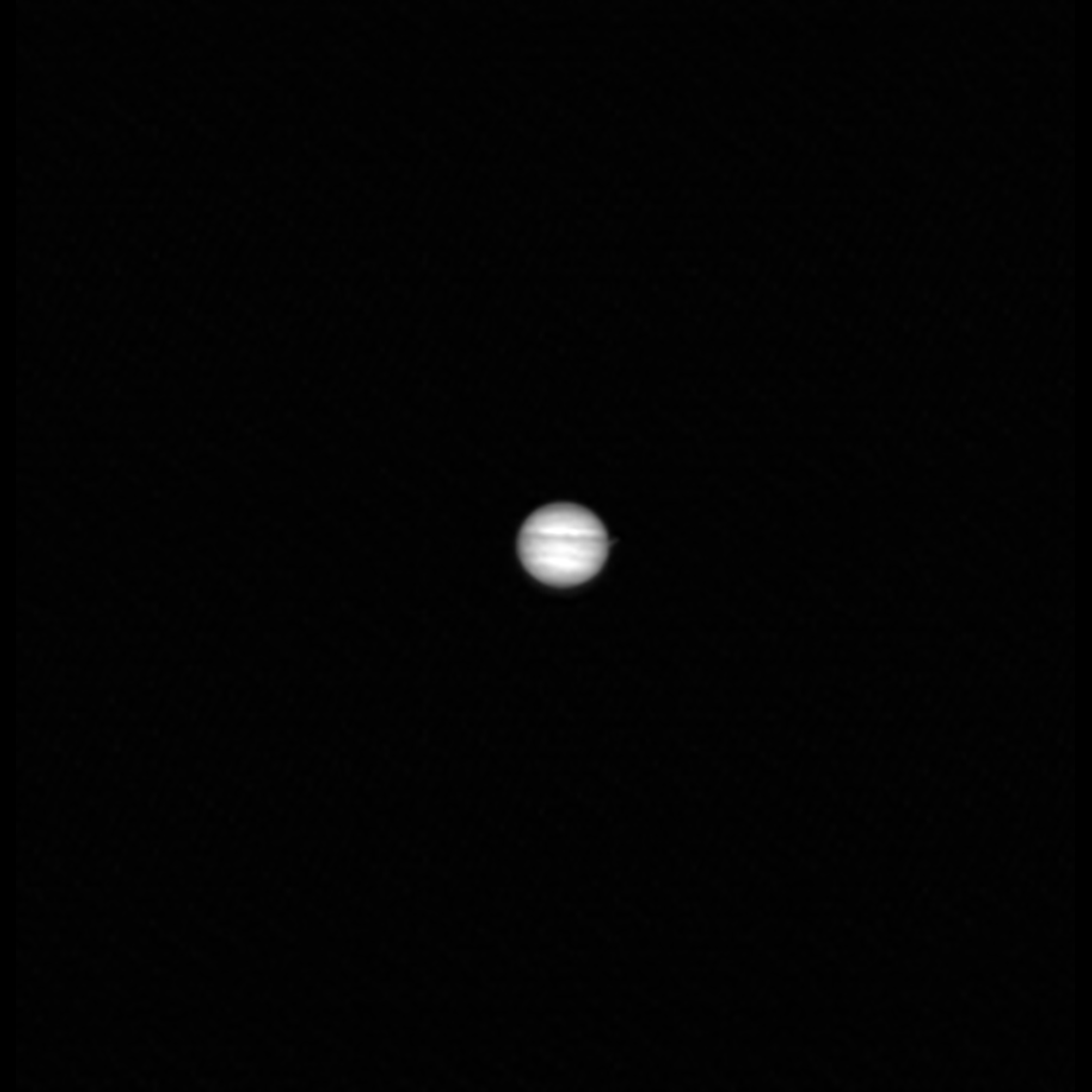
You know the feeling …. seeing Jupiter through your own telescope. If it gives you the chills — like it does for me — then you’ll know how the team for the Lunar Reconnaissance Orbiter felt when they turned their spacecraft around – yes, the orbiter that’s been faithfully circling and looking down at the Moon since 2008 – and saw the giant planet Jupiter with their camera. If you zoom in on the picture, you can even see Jupiter’s Galilean moons.
Continue reading “NASA Spacecraft Takes a Picture of Jupiter … From the Moon”Giant Balls of Mush Made From Ammonia and Water Form in the Atmospheres of Uranus and Neptune
One advantage to planetary science is that insights from one planet could explain phenomena on another. We understand Venus’ greenhouse gas effect from our own experience on the Earth, and Jupiter and Saturn share some characteristics. But Jupiter also provides insight into other, farther out systems, such as Uranus and Neptune. Now, a discovery from a spacecraft orbiting Jupiter might have solved a long-standing mystery about Uranus and Neptune – where has all the ammonia gone?
Continue reading “Giant Balls of Mush Made From Ammonia and Water Form in the Atmospheres of Uranus and Neptune”Here’s What it Would Be Like to Fly Low Over Jupiter’s Cloudtops
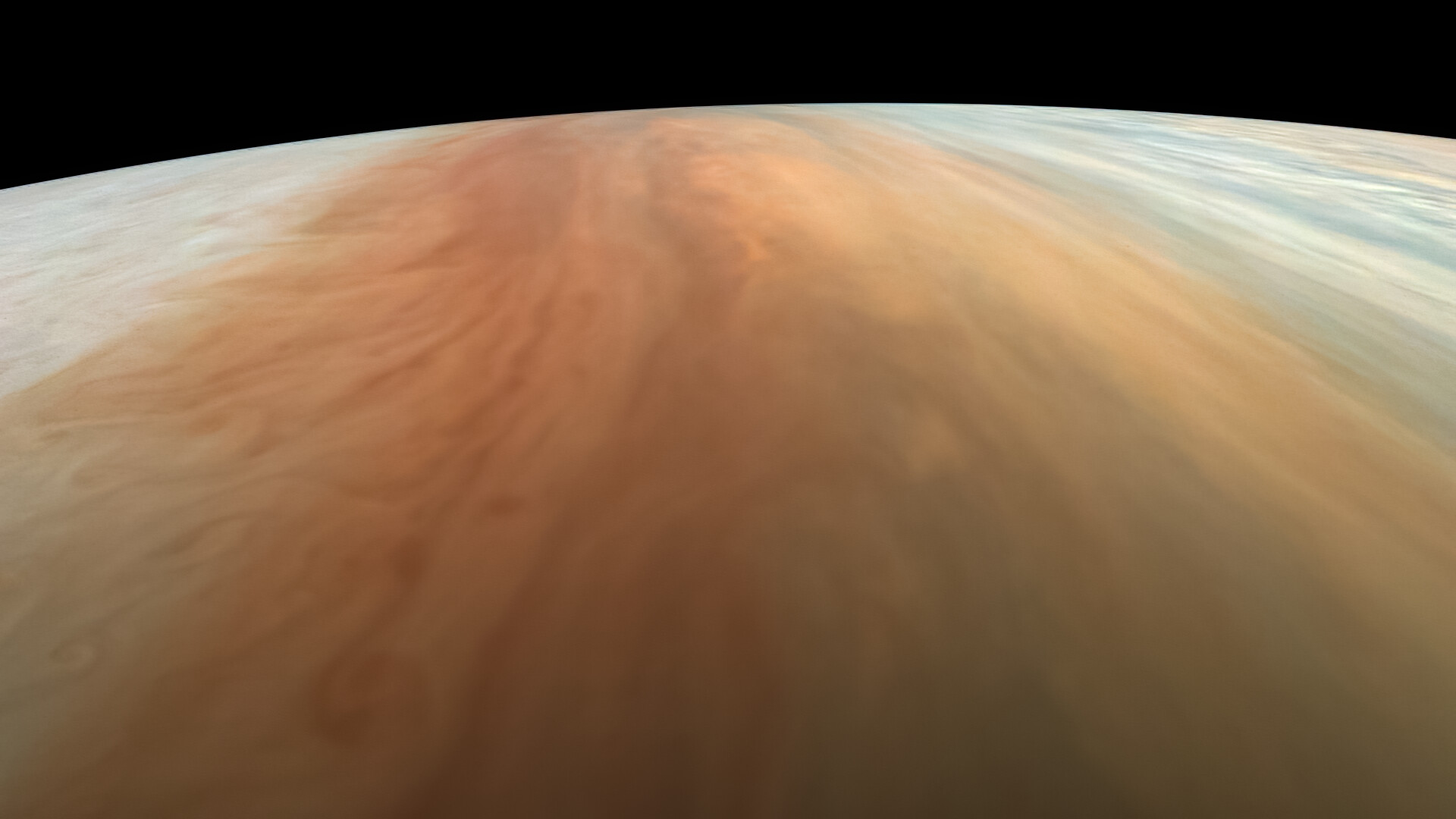
During Juno’s extended mission, every orbit is like a new adventure. Each orbit is a little different, and NASA says the natural evolution of Juno’s orbit around Jupiter provides a wealth of new science opportunities.
But for most of us, what we look forward to on every perijove – the point in each orbit where the Juno spacecraft comes closest to the gas giant – are the incredible images taken by the camera on board, JunoCam. As Juno’s “eyes,” the camera provides a unique vantage point no other spacecraft has been able to give us.
Continue reading “Here’s What it Would Be Like to Fly Low Over Jupiter’s Cloudtops”
